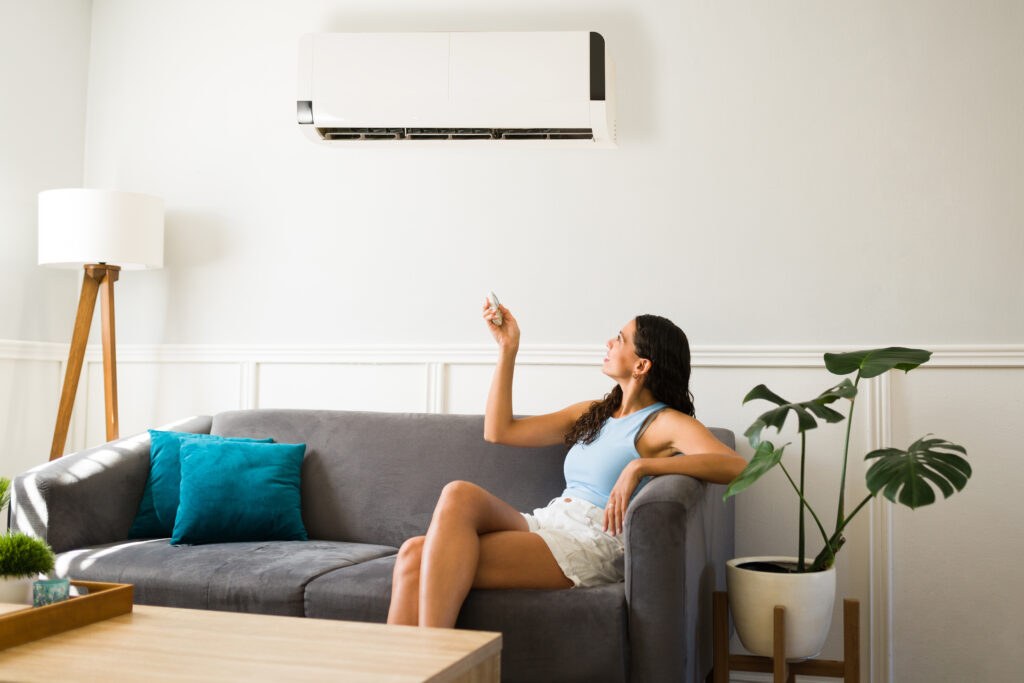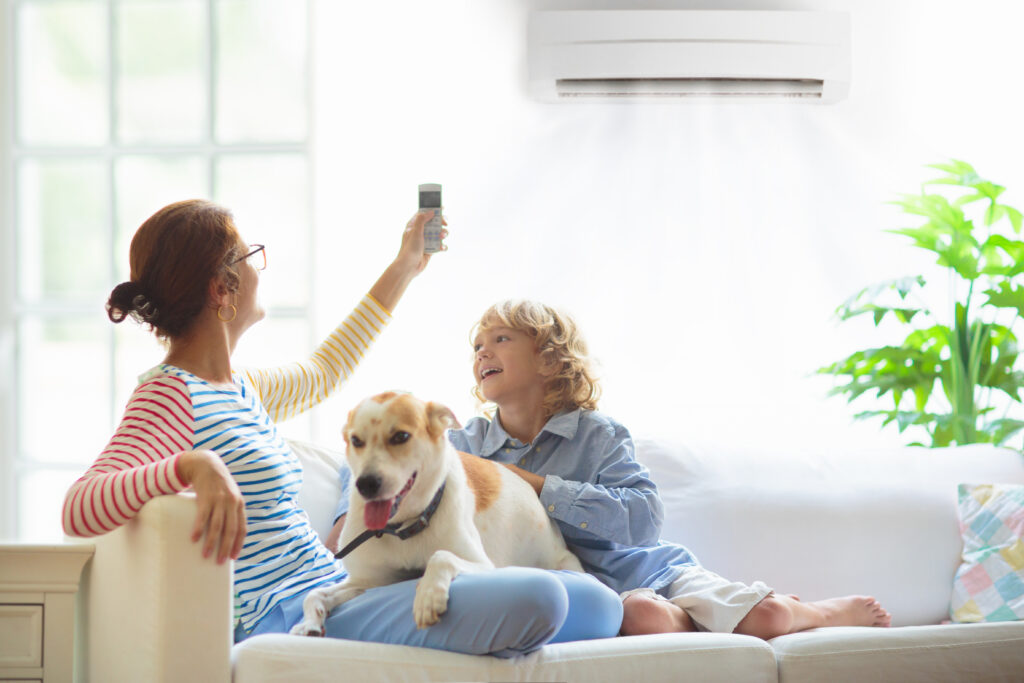The Homeowner’s Guide to Central Air Conditioning Systems: What to Know, How It Works, and Why It Matters
Central air conditioning is a standard feature in most modern homes, especially in regions where summer temperatures rise uncomfortably high. If your house falls within the average U.S. footprint—around 2,300 square feet—you’re within the optimal range where a central AC system provides excellent efficiency for whole-home cooling. But even when cooling seems effortless, the system itself is far from simple. For homeowners navigating the world of home systems and protection plans, understanding what you’re relying on day after day is essential. In this guide, we’ll cover what a central HVAC system is, how it works, the main advantages it offers, its typical drawbacks, and ultimately how a home warranty can help safeguard this significant investment.
What is a Central Air Conditioning System?
Central air conditioning is a system that cools air in a central location and then distributes it throughout your home via ducts and vents. It differs markedly from window units or portable air conditioners, which only target specific rooms. A central AC system is usually part of a larger HVAC—heating, ventilation, and air conditioning—network. It includes major components like a condenser (typically outdoors), an evaporator coil (indoors), and a blower motor that pushes chilled air through the ductwork. For homeowners, this means the entire house stays cool with one interconnected system handling climate control in the background.
How Does Central Air Conditioning Work?
The process begins with warm indoor air pulled into return ducts and passed through an air filter. This air then reaches the evaporator coil, where it meets cold refrigerant. As the warm air cools and moisture condenses, that now-chilled air moves into the blower and gets pushed through the ducts. Meanwhile, the refrigerant—now warm from absorbing heat—travels to the outdoor compressor and condenser unit, where it releases heat outside before cycling back in. It’s a continuous loop regulated by your thermostat, meticulously balancing your indoor temperature to your preferred setting.
Core Benefits of Central Air Systems
The main draw for central air is its consistent and efficient whole-home cooling. Rather than battling hot spots with multiple units or fans, central systems manage indoor temperature with uniform precision. They also operate quietly—you’ll hear the occasional fan hum or condenser kick-on, but the noise is far subtler than from individual AC units scattered around the house. Aesthetic value is another upside. Because the system is tucked behind walls and ceilings, it preserves the clean lines and flow of your home environment. Additionally, modern systems often include air purification features that reduce allergens and improve indoor air quality, a meaningful benefit for households managing health sensitivities.
Drawbacks Every Homeowner Should Know
No system is without its quirks and costs. Installing or replacing a central AC system can be expensive, especially if you need new ductwork or electrical upgrades. And since most systems are designed to cool the full square footage of a home, that efficiency can backfire if your ductwork isn’t properly sealed or insulated. Energy use can spike if your home has poor airflow, leaks around windows or doors, or if your system is improperly sized—too small, and it runs constantly; too large, and it short-cycles and wears out faster. Then there’s maintenance: clogged filters, refrigerant leaks, and fan issues can creep up quietly, leading to pricey repairs if they go unnoticed.
Practical Maintenance Tips to Extend System Life
A well-maintained central air system can last 15 to 20 years, but homeowners must remain proactive. Change air filters about every 60 to 90 days—more often if you live in a pollen-heavy area or share your space with pets. Clean debris from the outdoor condenser unit every season, ensuring airflow remains unobstructed. Schedule professional HVAC tune-ups biannually—ideally in spring before the intense heat and in fall before winter heating season begins. And if your ductwork is older, have it inspected for leaks or mold every few years. Preventive checks cost far less than emergency repairs. Plus, careful upkeep keeps your warranty coverage intact if you’re protected under a plan.
Why Your AC System and Home Warranty Work Hand in Hand
When your central air conditioning system goes down in July, it’s more than an inconvenience—it could mean emergency expense and health risks, especially in homes with elderly residents or young children. A home warranty acts as a vital layer of protection, helping mitigate the unpredictable costs of repair or system replacement. Unlike homeowners insurance, which is focused on disasters like fire and storm damage, a home warranty—particularly one offering HVAC coverage—protects against breakdowns from normal wear and tear. For large systems like central air, this distinction matters. Repairs often involve specialized labor and high-cost replacement components. Having a warranty in place relieves the financial strain and gets your system back online quickly, often with vetted HVAC professionals covered under the plan.
Why Protecting Your Central AC System with Armadillo Makes Sense
Central air conditioning is one of the most depended-upon systems in the average home. When it works, comfort quietly runs smoothly in the background. But when it fails, disruption sets in fast—and so do the costs. Armadillo was built to help homeowners take charge of those potential system breakdowns with smarter, more flexible protection plans that fit modern living. With Armadillo’s expansive coverage options and accessible claim support, you’re never left guessing or scrambling when your AC system falters. Visit armadillo.one to learn more about how our coverage aligns with your priorities. Or, if you’re ready to customize protection for your home and HVAC system size, start building your plan in minutes. It’s the simplest way to ensure summer stays cool—no second-guessing required.


























